HNC Scholars — VIII
July 14, 2023
This year three Chinese students graduated from HNC with Master’s degrees in the Energy, Resources and Environment (ERE) concentration – and all three did a great job, especially given that we were still working together remotely.

Ms. Li Yuying (upper left in photo) prepared a thesis entitled Tackling Household Food Waste: A Comparative Analysis of U.S. and Chinese Consumer Behavior Regarding Refrigerator Utilization, based upon a survey that she conducted in both countries. She found that the actual volume of the refrigerator purchased was not necessarily related to the food waste quantity generated, although using refrigerator features such as bacteria detection and variable-temperature space functions could reduce the amount. Country-specific factors were important because of differences in shopping frequency and food amounts purchased during such trips.
Ms. Song Tianqi’s (bottom left in photo) thesis addressed the Chemical Industry Response to Private and Public Politics: Social Movements Impact in the U.S. Her thesis looked at the way that chemical industry firms responded to public pressure (e.g., regulatory initiatives) versus private pressure (e.g., boycotts, shareholder activism) on climate change concerns. Using chemical industry data over a two-decade period (2002-2022), there was an interesting result: the former led to internally-related responses, while the latter induced externally-focused activities.
Mr. Chen Haowen (bottom right in photo) analyzed the newly-developing biodiversity market in his thesis, Design and Operation of Biodiversity Offset Markets: Cross-Case Analysis from Three Continents and Implications for China. It employed strategy maps to analyze three existing markets on three continents: U.S. mitigation banking, New South Wales Biodiversity Offsets Mechanism in Australia, and the Essex Biodiversity Offsetting Pilot in the U.K. A cross-case analysis approach provided a basis for recommendations for China, suggesting, for example, that the country’s environmental laws needed to lower the priority of economic compensation and require the restoration of damage caused to ecosystems.
Bologna street politics
July 14, 2023
I’ve previously posted about my two-mile morning walk around the city – but the Forli visit (posting immediately below) brought home the radical nature of the city’s political scene, readily evident on that walk.
Bologna is known as the ‘Red City,’ not only because of the city’s brickwork and red tenda – but also because of its political leanings: it has long been a center of leftist political action and Communist strength in Italy…. and in Western Europe, for that matter. It is one of the reasons that SAIS Europe (with CIA funding) was established in the city, instead of in a political capital such as Rome or Paris.
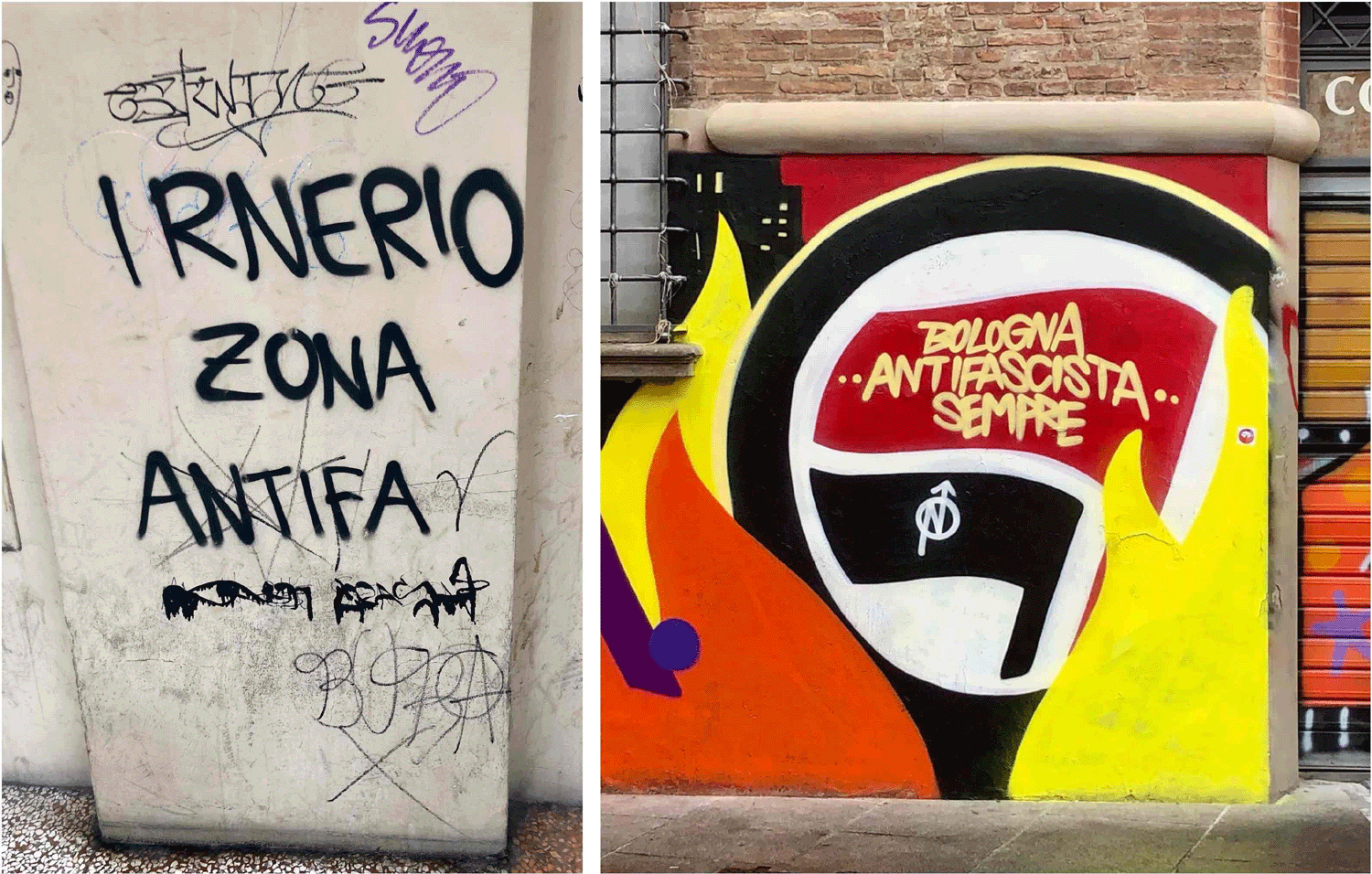
It is not uncommon to have students and/or other young people approach me on my morning walks, offering newsletters or brochures pushing the Communist viewpoint – and of course they are fervently against right-wing fascist governance. My apartment is on Via Irnerio, and every day I pass graffiti assuring me that I live in the ‘Irnerio Zona Antifa.’ As I stroll through the University area, colorful street art makes clear that Bologna will always be ‘Antifascista.’
Other (non-political) slogans on the walk are more attuned to the city’s other renown. In Stanley Tucci’s ‘Searching for Italy’ segment on Bologna, he mentioned Frederico Fellini’s comment, also prominently displayed:
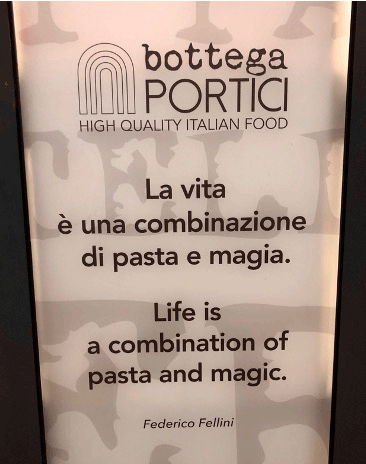
Forli
July 14, 2023
My stay in Bologna had a week-long break – both a nearby Bruce Springsteen concert and a Formula-1 race had hotels & apartments fully booked – so I decided to head to southern Italy. Trying to be a good environmentalist, I booked a train ride down the scenic, Adriatic side of Italy, instead of flying there….. but only made it about an hour outside of Bologna before everything came to a complete stop.
Unfortunately, I was caught in a tremendous rain storm, with epic flooding – the worst in Italy in over 100 years! A later “attribution study” suggested that it was not, in fact, caused by climate change – but it certainly made clear how extremes of weather can have a major impact on the best-laid plans.
Trains were still not running the next day, or the day after, or the day after that either. I finally abandoned plans for southern Italy, and decided to stay the rest of the week in Forli – and if one has to be stranded somewhere, an historic Italian town like Forli is certainly a wonderful place for that to happen.
But Forli is actually a bit schizophrenic – and the city’s tourist map reflects two major themes: the ‘City of Art,’ reflecting cathedrals, art and sculptures of the 1500s and Renaissance period; and Novecento Italiano, literally meaning 900 or ‘900, but referring to twentieth century architecture and art built around the Fascism of Mussolini.
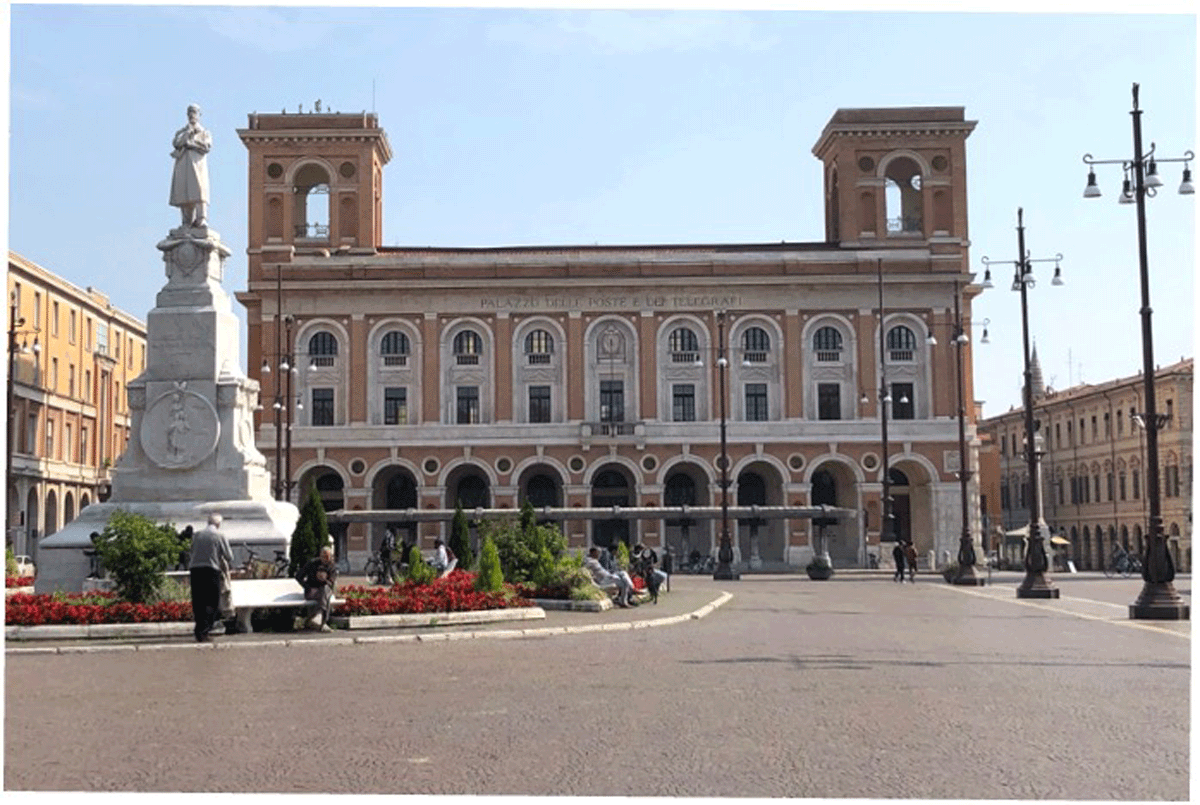
Mussolini was born and raised in the town of Predappio, only ten miles outside of Forli, and he is buried there as well (now a rallying site for right-wing activists). He wanted to make Forli a “mini-Rome,’ and one architectural article notes:
“From 1922 to 1943, Mussolini transformed the city of Forlì into a showcase of modernity, a kind of Fascist prototype, intended to prove the power of the regime and its acceptance by the population.”
Attuned to the City Beautiful movement of the time (noted in previous postings), there is a ‘rationalist quarter’ between the rail station and the downtown (which I first traversed walking, in the pouring rain!). Later, I got to visit some of the modernist buildings near the central piazza, and the statue of Icarus near the Piazza della Vittoria.
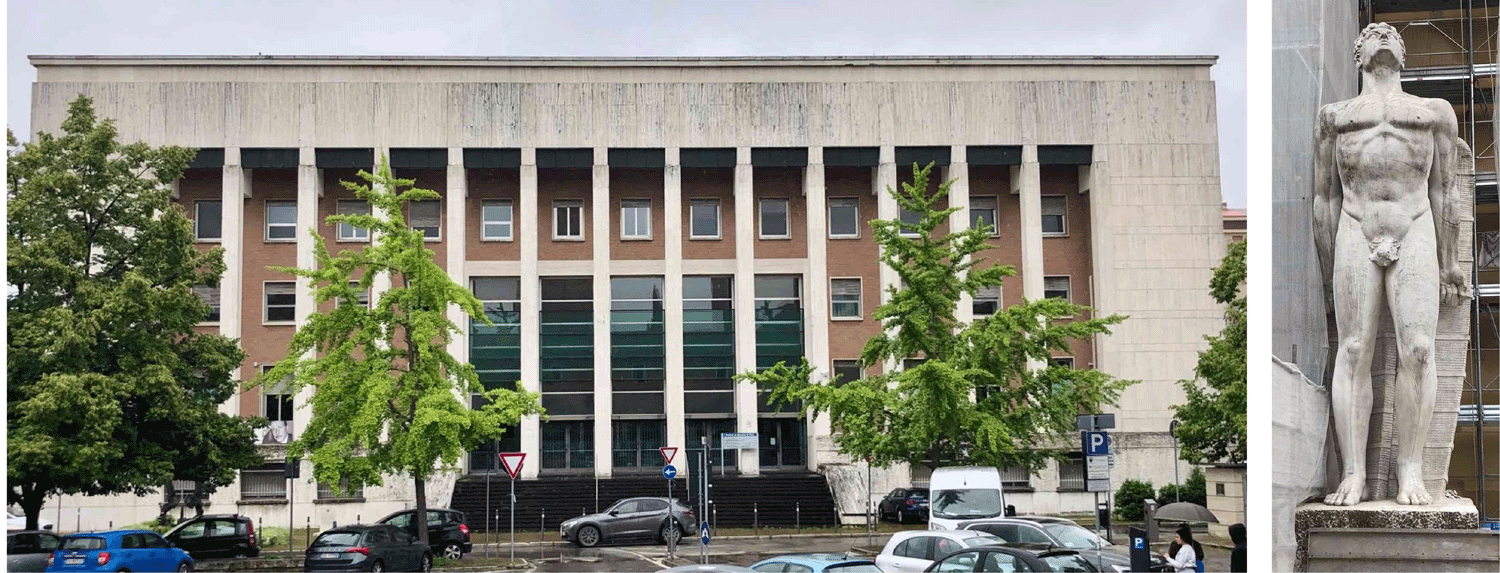
More interesting, however, was the city’s other theme – and especially the story of Caterina Riario Sforza de Medici. I had never heard about Caterina (or Forli, for that matter!) – but received an email from my HNC colleague John Urban in China, who told me that I simply had to read about ‘The Tigress of Forli.’ And was he ever correct! It’s an incredibly fascinating story: married at ten years old, mother of eight children, and indefatigable warrior who twice led the defense of the city’s Rocca di Rovaldino fortress.
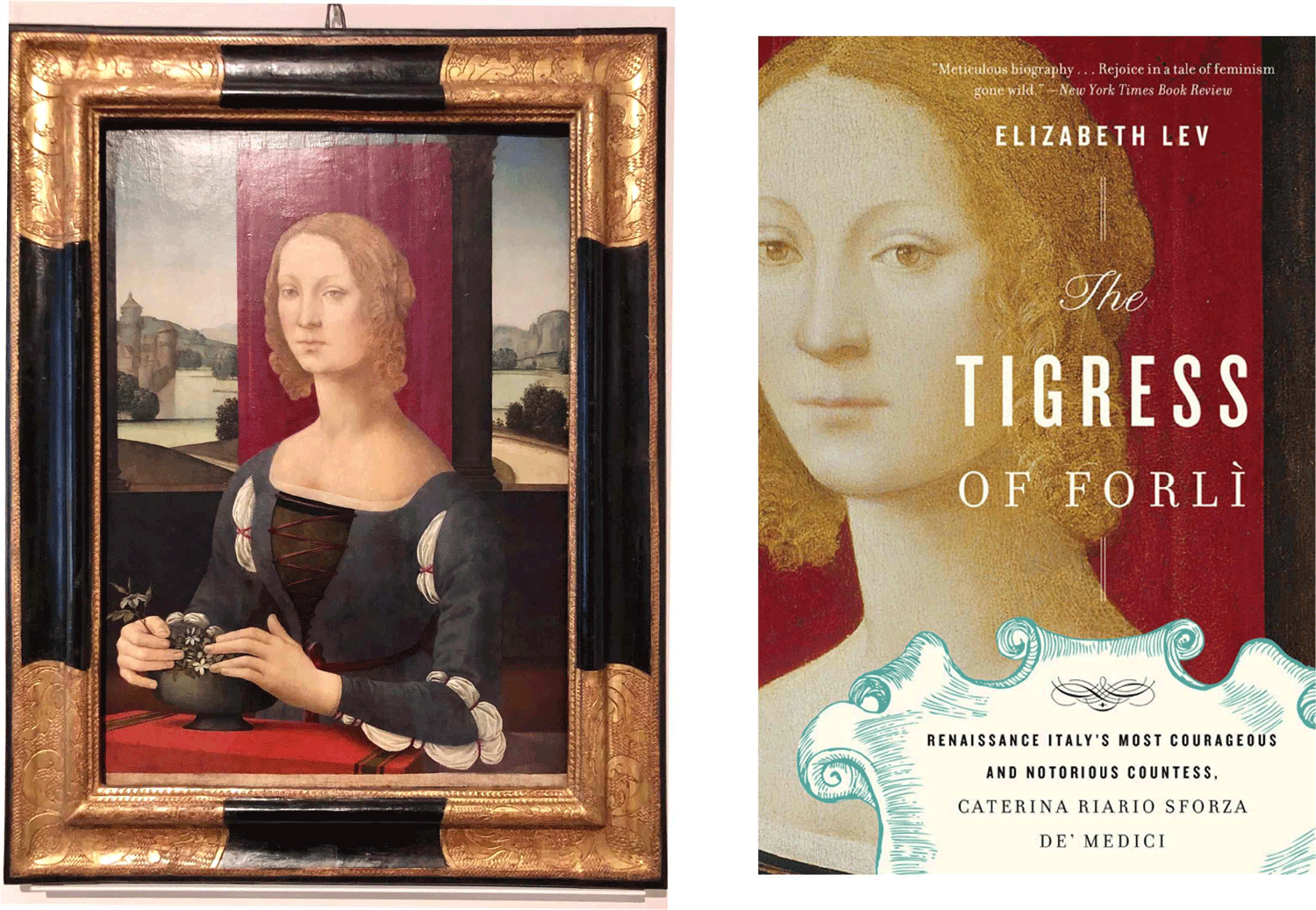
I thus went to the San Domenico museum to check out her portrait (which served as the book’s cover); to the Rocca di Rovaldino fortress itself; and – on returning to Bologna – to the Museo Civico Medievale to see her armor. Quite enamored by the tale, I also ordered three copies of the book for my three daughters.
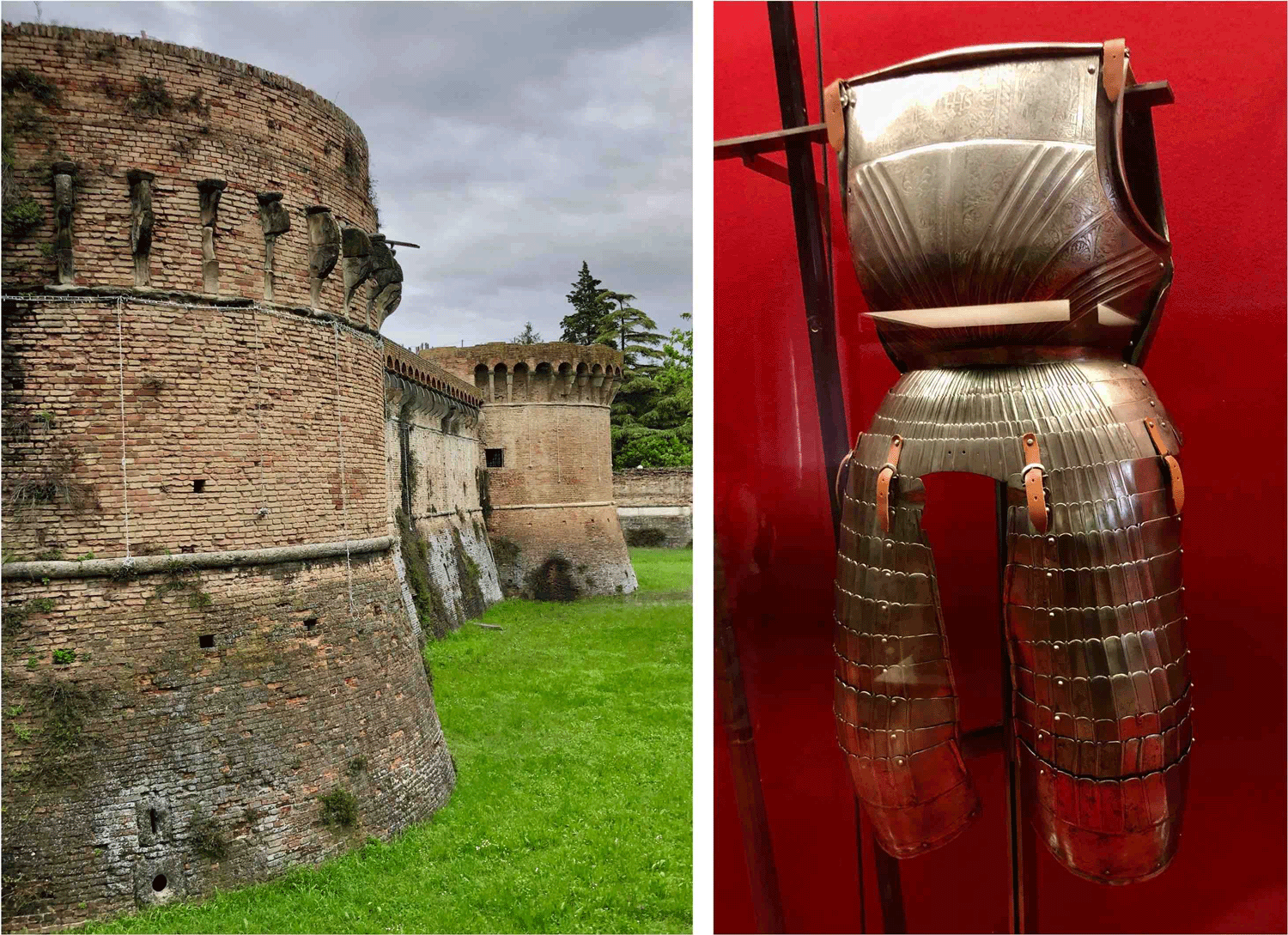
A week after my unexpected stop, Forli was still water-logged and the trains were still not running. I caught a bus to Faenza (where Mussolini had attended school and stabbed a schoolmate), and eventually the train back to Bologna.
Bologna
May 24, 2023
I’m back in Bologna again for a couple of months, doing a scenic two-mile walk every day and teaching my ‘Economic Instruments for Pollution Control’ course remotely for HNC. It was a wonderful & very busy month of travel getting here, starting with my annual Paris visit at the IFP School; spending time in Paris, London, and other UK sites with family & friends; taking in a Mediterranean cruise to Spain & Morocco; and checking out some other major locations in Italy.
Instead of providing a detailed travel guide, I’ve added some brief postings below, and will let the pictures do the talking.
Arriving back in Bologna, a welcoming crowd was here to greet me:
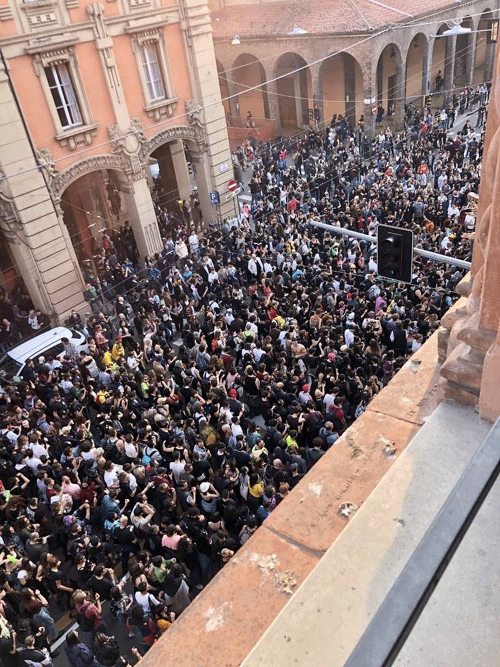
……well, not really. It was instead a protest march on the same day as my arrival. Signs calling for an end to “repression” and “tyranny” were readily evident, with a rather young crowd following loud, thumping music trucks, and consuming plenty of liquid refreshments of the alcoholic kind. Italy’s new right-wing government had recently passed some “anti-rave” legislation, and the affected crowd of 15,000 persons was not pleased.
Genoa, Cinque Terre & Carrara Marble
May 24, 2023
Back in Italy, I was able to check out a number of sites I’d been planning to visit for quite a while. First was Genoa, home to Christopher Columbus; and also (more importantly for many!) the neighborhood where Livia, the fictional girlfriend of the Sicilian police inspector Montalbano, lives. Boccadasse is a former fishing village, and plays an important role in that detective series (which I’ve now finished reading). Our guide only mentioned the Montalbano connection in Italian, assuming that the English-speaking tourists weren’t familiar – so we had to make clear that he is now truly an international star! And of course no one needs such an introduction to Cinque Terre – already internationally famous as a UNESCO World Heritage Site.
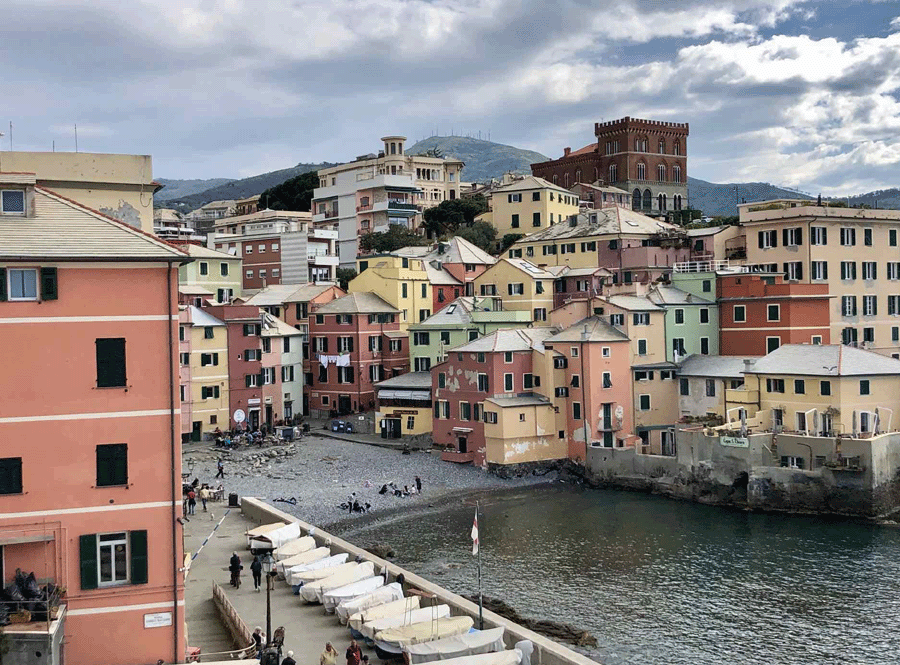
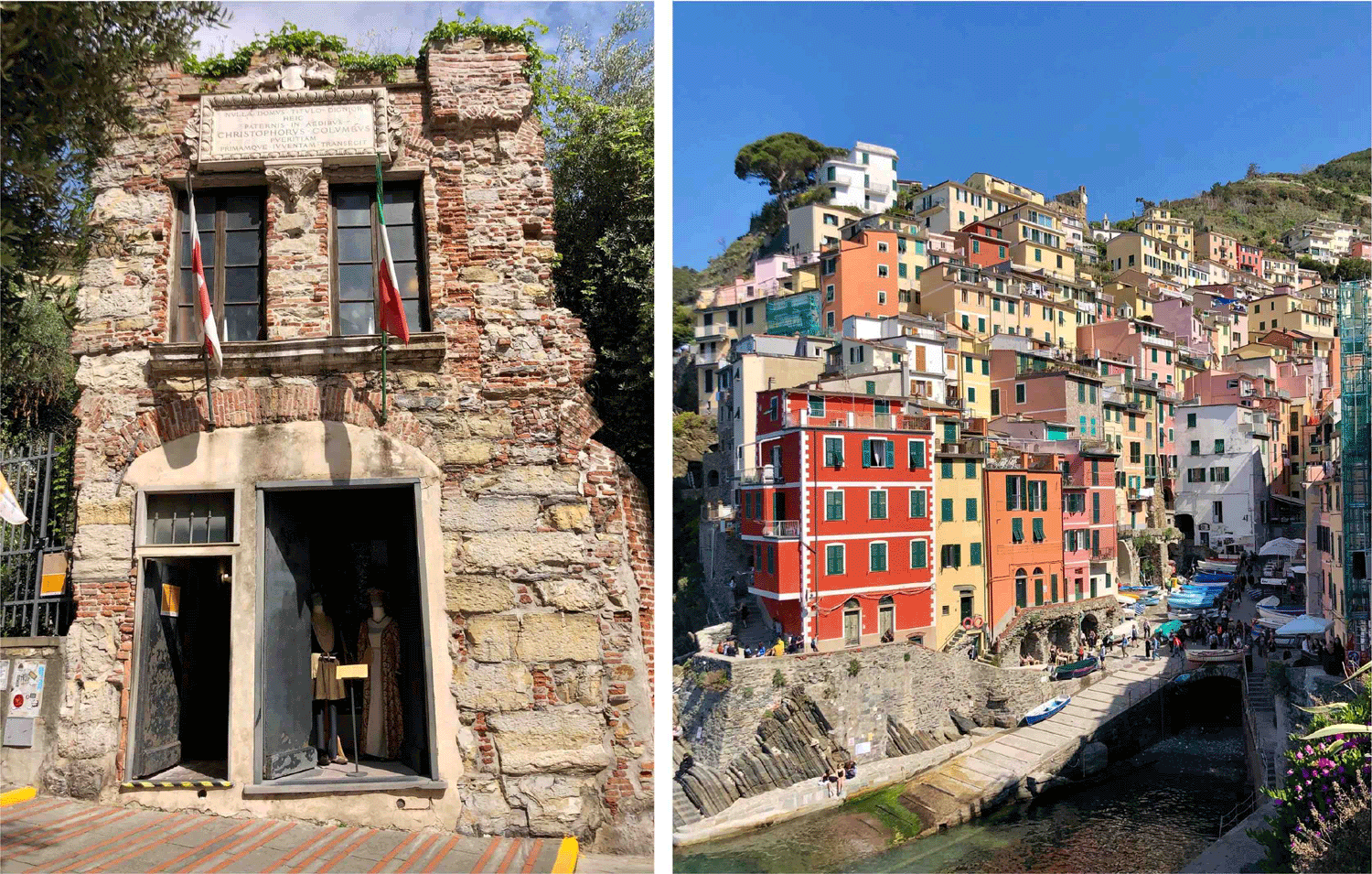
Previous postings have mentioned my “ongoing, lifelong, never-ending Michelangelo appreciation tour”….. and one destination long on that tour list was the marble quarry site at Carrara. It was a really great tour, in four-wheel-drive Land Rovers – and yes, we climbed that steep twisting, winding road in the photo below. It was definitely not for the ‘faint-of-heart,’ given that the primitive roads had no guardrails. A truly excellent wish-you-were-there guide to the place: Eric Scigliano’s Michelangelo’s Mountain: The Quest For Perfection in the Marble Quarries of Carrara.
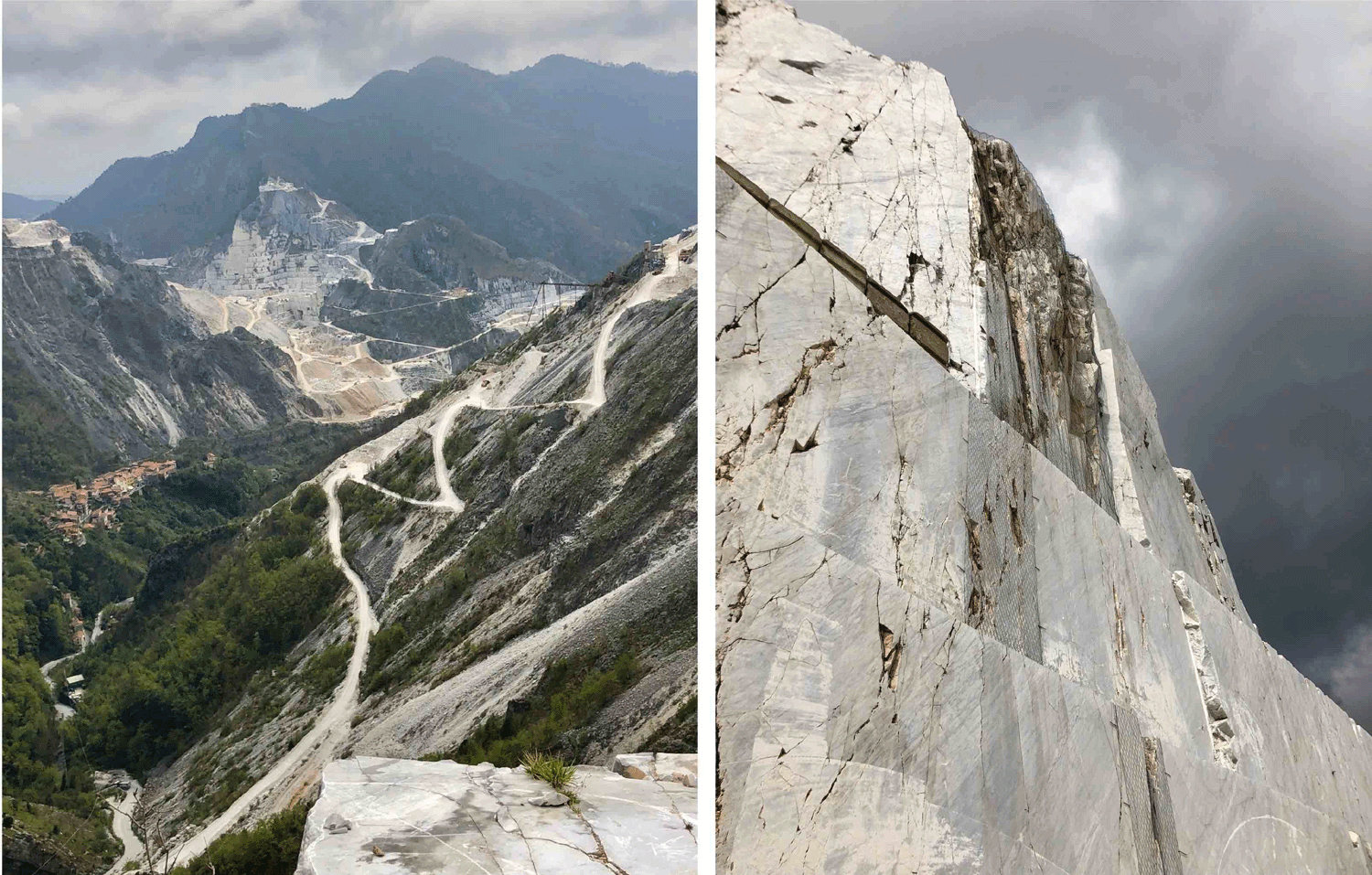
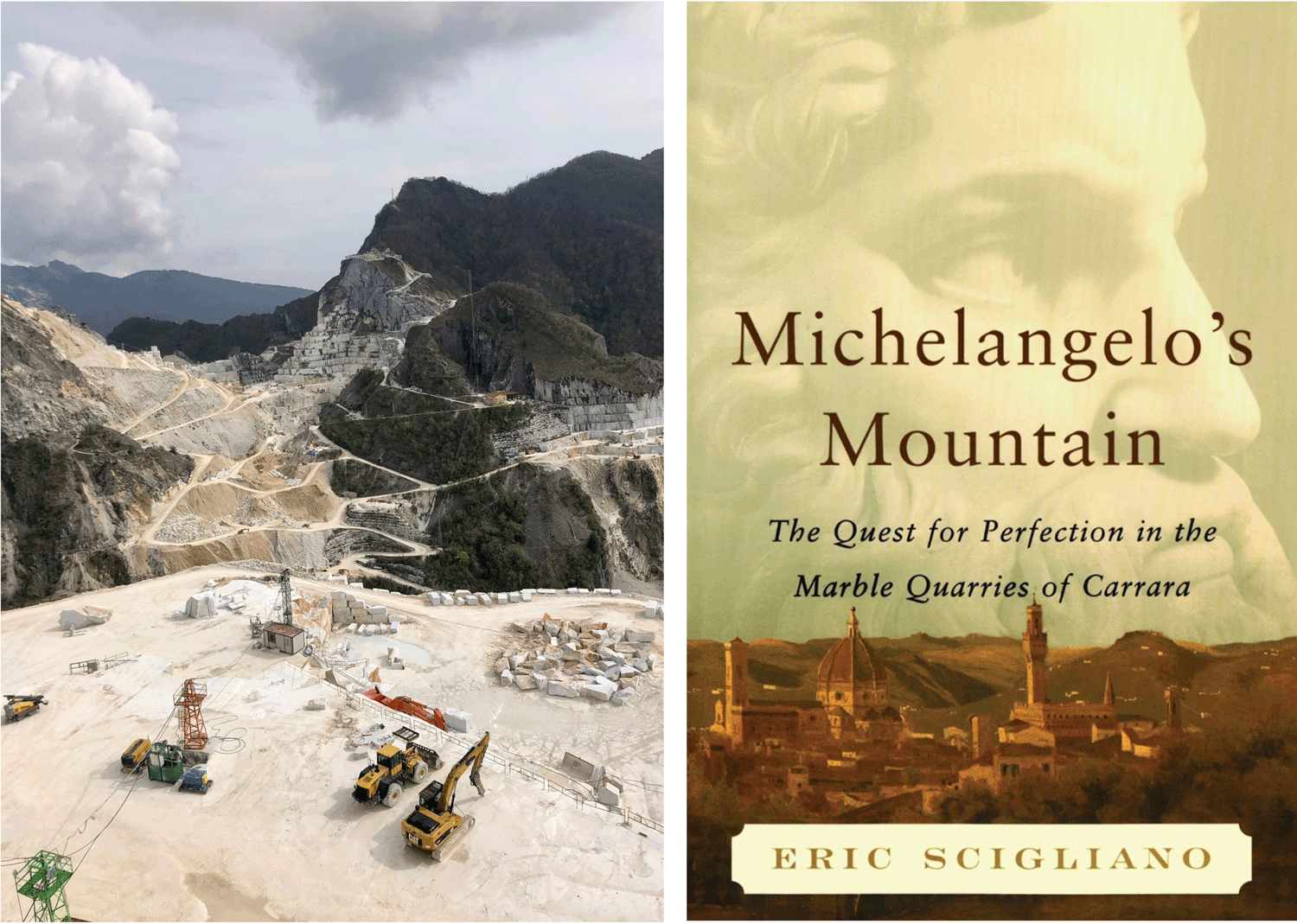
Marseille, Spanish & Moroccan sites
May 24, 2023
Since the late 1920s, Marseille has had a bit of a shady, sinister reputation (remember The French Connection?) with the appellation ‘Wicked City,’ according to Nicholas Hewitt’s book of the same name. But its Mediterranean setting is quite remarkable, and its architecture renown. In addition to the usual Palais Longchamp and Notre-Dame de la Garde, I wanted to check out Le Corbusier’s Unité d'Habitation, a modernist housing tower located in the city. I had previously posted about the unforgivable Parisian high rise designs in the Plan Voisin – but this modernist landmark in the sunny city seemed almost livable!
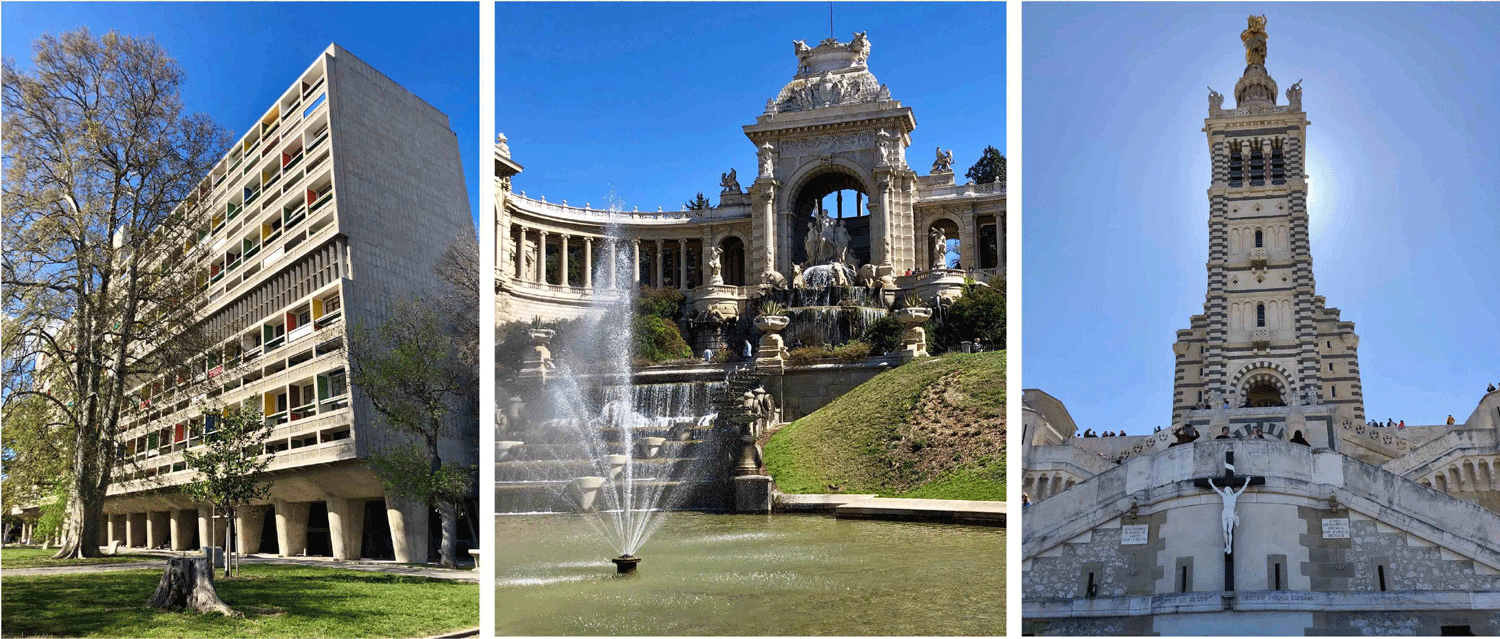
Another architectural sight on this trip was the one major Gaudi project I had missed on my previous Barcelona visit – the Casa Batllo. Similar in many ways to the Casa Mila, Gaudi’s Catalan Modernism – with its natural curves and flowers and ceramics and tiles – could hardly be more different than the straight, rational, clean lines of Le Corbusier!
Other Spanish sites included Malaga (Picasso’s birthplace) and Alicante, as well as Cueta (a part of Spain I hadn't even realized existed until very recently, given its physical location in Northern Africa).
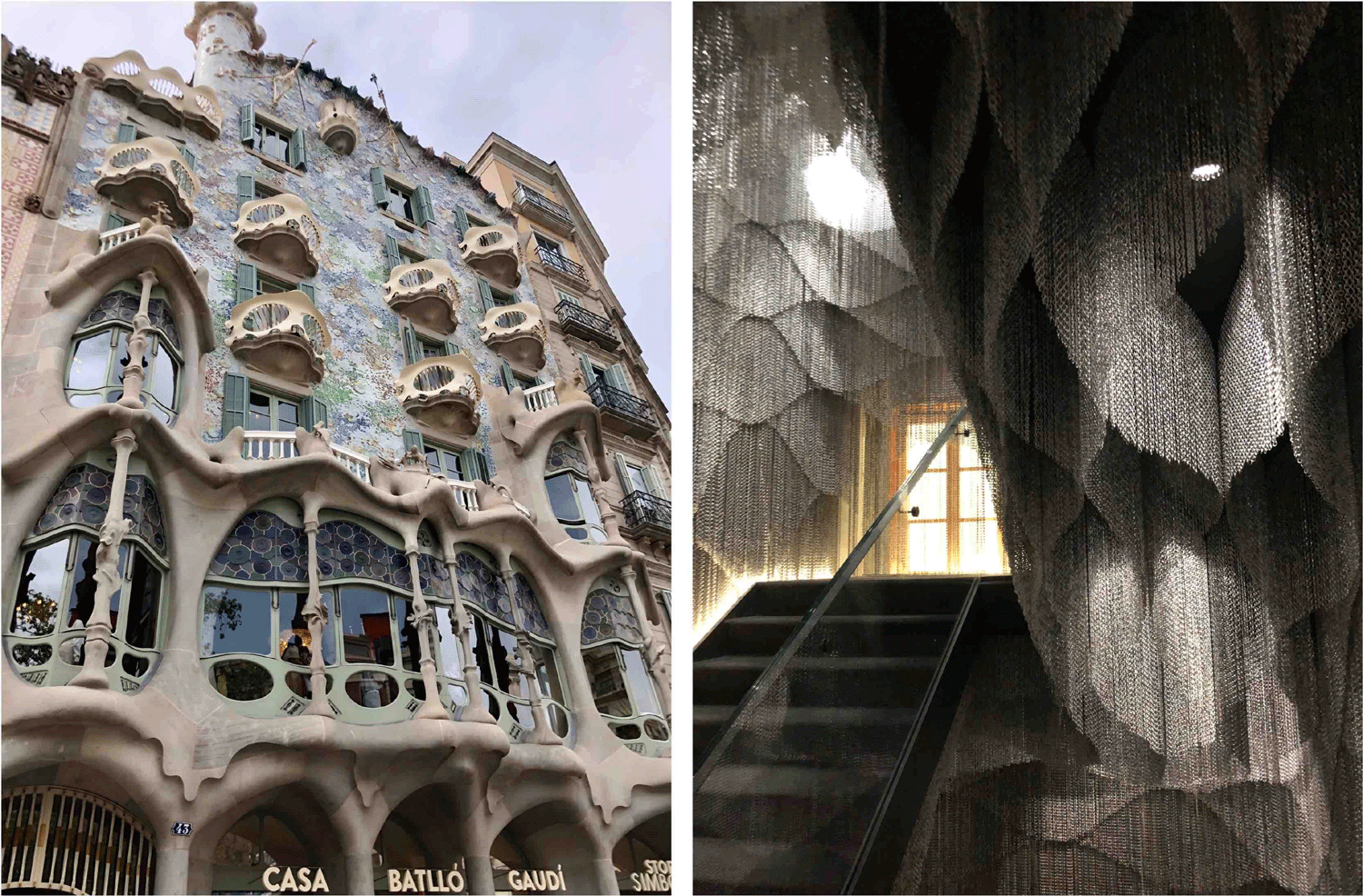
I had somehow pictured Casablanca with palm trees & verandas & ceiling fans & hookas..... you know, like in the movie (actually filmed in Burbank!). But it was anything but. It was really very industrial and gritty, more what I had imagined Liverpool to be like -- except that Liverpool wasn't what I expected either (much more upscale there!)
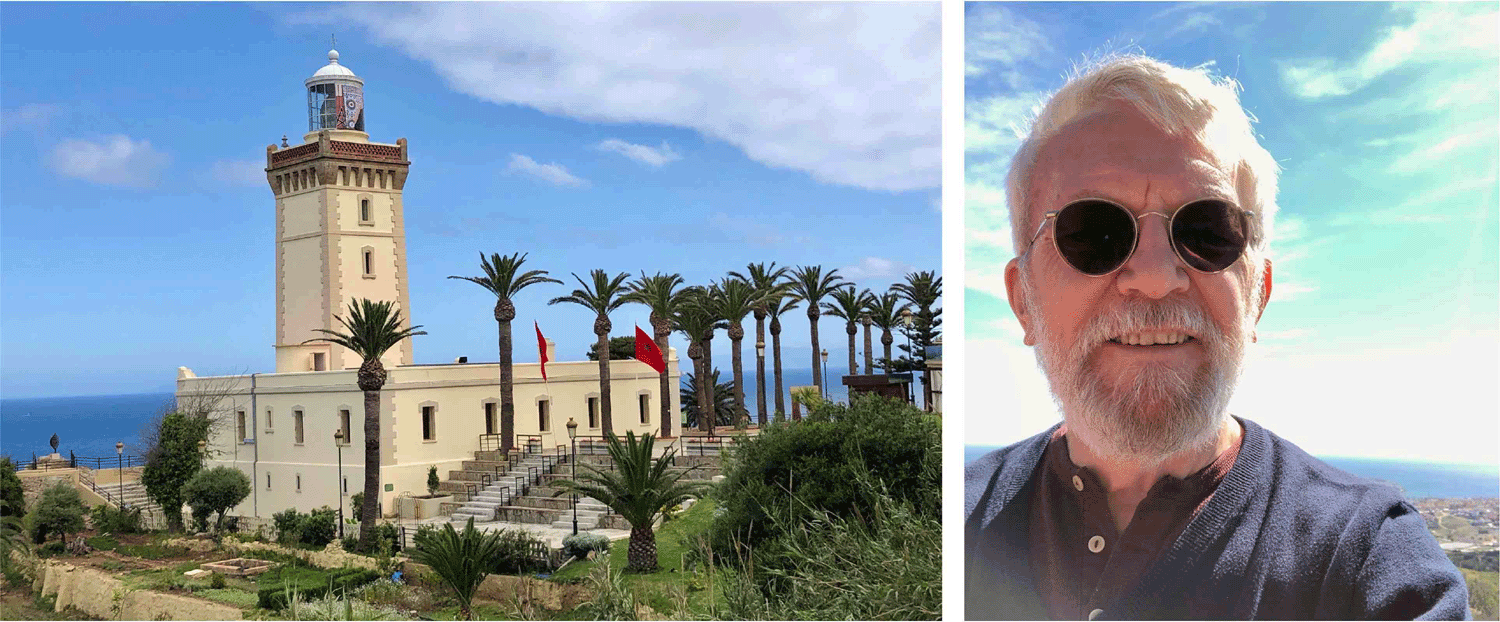
But Tangier and Rabat were closer to expectations, and of course an important requirement was a visit to the ‘Kasbah’ in Rabat.
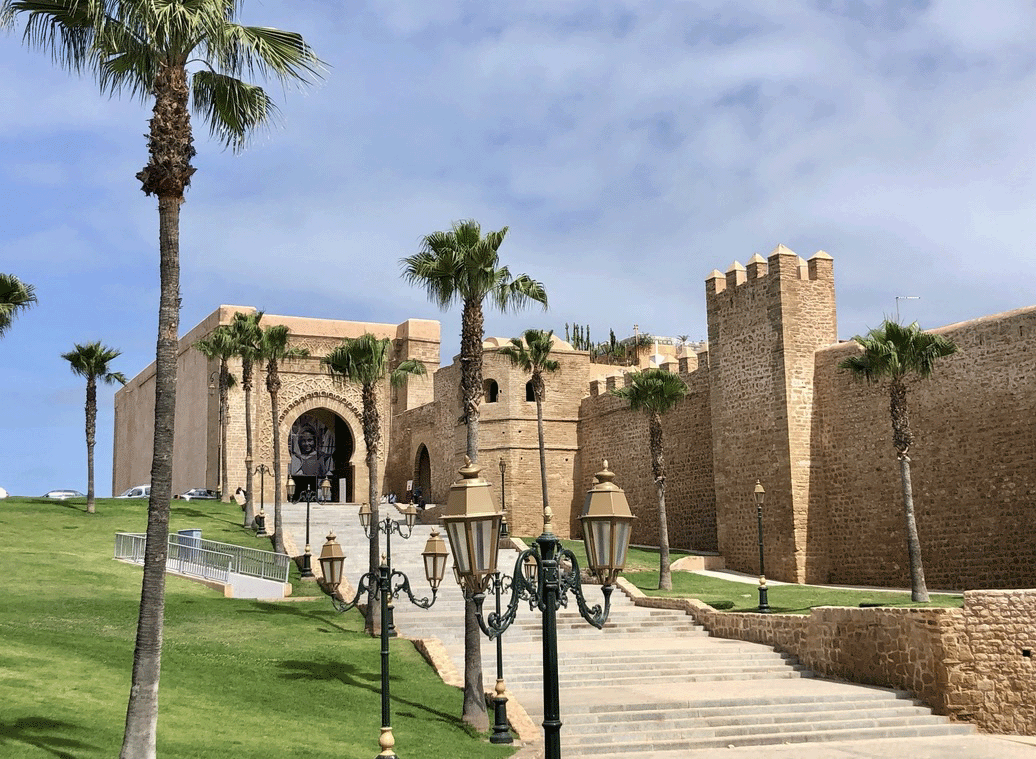
London & Liverpool
May 24, 2023
Back in the early 1960’s, I was a schoolboy in the U.K. – and managed to see the Beatles at the Hammersmith Odeon in London for the amazing price of 10 shillings (i.e., about $1.40). That was at the beginning of Beatlemania, and led to a lifelong interest in their music and work – and a longtime desire to check out such sites as Abbey Road in London, and the Cavern Club, Strawberry Fields, and Penny Lane in Liverpool.
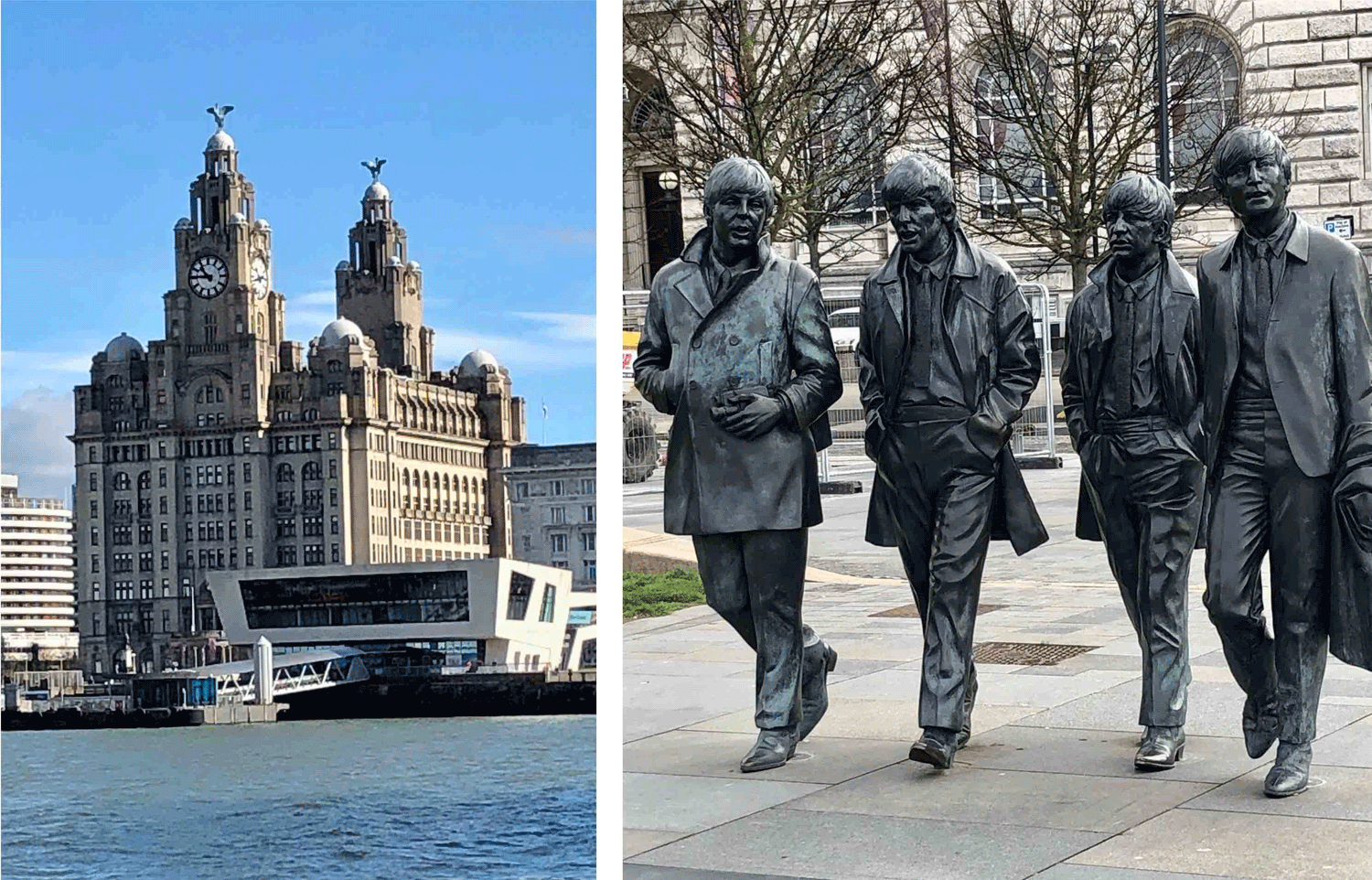
My sister Sue joined me in Paris for the pilgrimage (see posting below), and my cousin Bryan joined in Liverpool – so it became quite a family affair! We all did the ‘Ferry Cross the Mersey’, and then the Irish Sea ferry to Belfast…. and I had yet another delightful stay in Newcastle, Northern Ireland, at Bryan’s home.
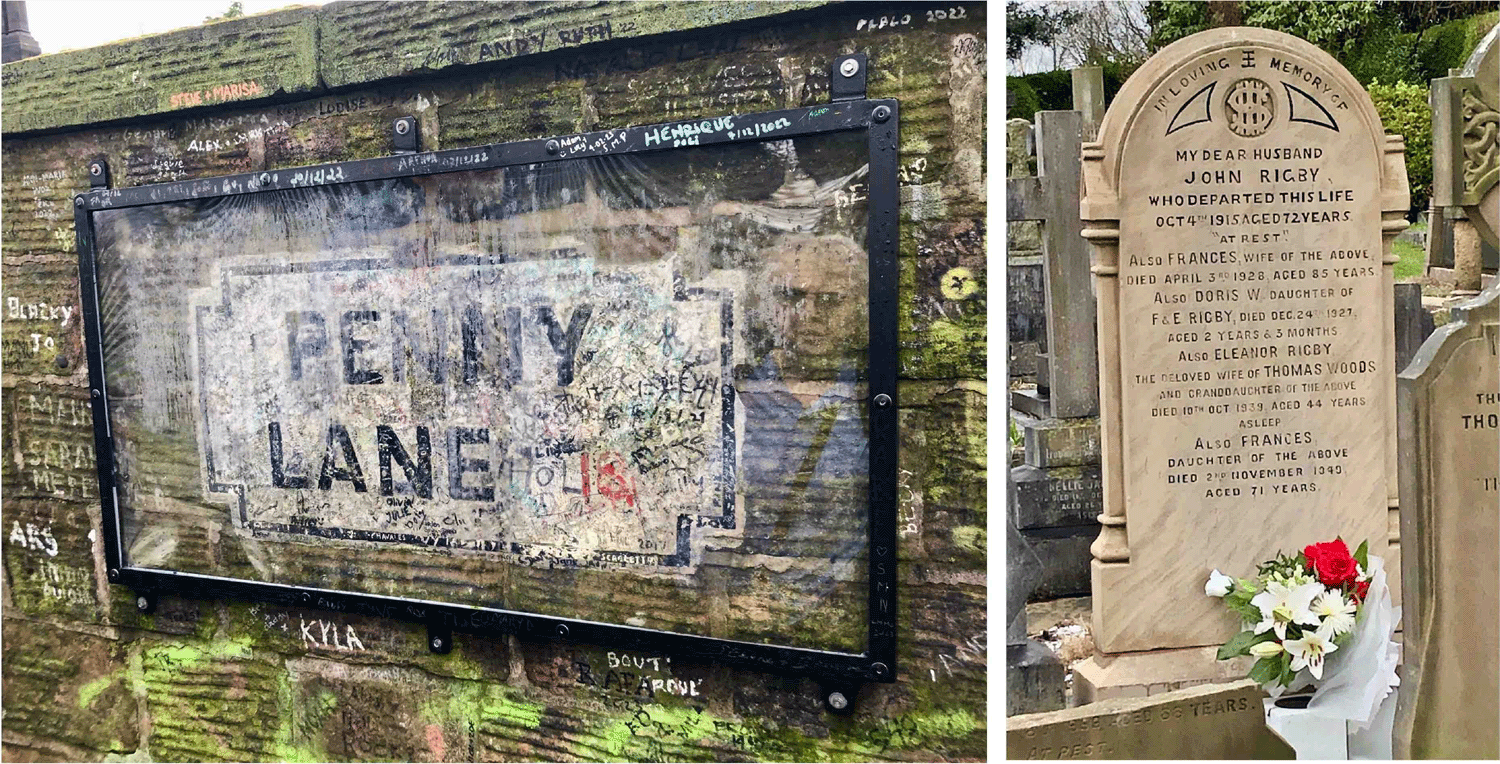
Paris
May 24, 2023
My annual trip to the IFP School in Paris is a highlight of every year, and this visit included lectures for both the ETEM (Energy Technology & Economic Management) and EMME (Executive Masters in Energy Management) programs. You can see from the attached ETEM photo that the students are both very enthusiastic and diverse! From left to right, Abdallah from the Comoros, Khalifa from Oman, Pierluigi from Italy, Odiobimma Iloba from Nigeria and finally Sheryl from Mozambique. A truly great & attentive class!
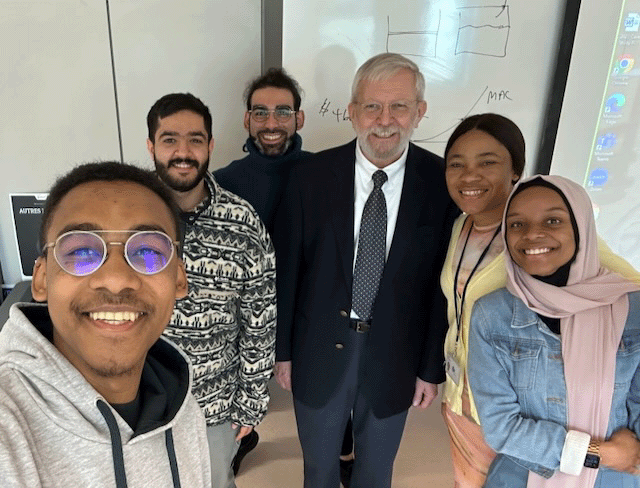
My sister Sue joined me for part of the time there, and came carrying a “to do” list of important Parisian sites to see: Sainte-Chapelle; the Pere Lachaise cemetery; and the Musée des Arts et Métiers. It had been quite a while since I had been to any of them, and I had recently been reading Benoit Mandelbrot’s memoir The Fractalist. His description of the latter museum:
“….here the nation preserves the originals of its greatest practical thinkers’ greatest achievements. The first visit…. left an imprint, and I make it a point to return there every so often in a kind of pilgrimage to my childhood.”
Not quite the same as the Beatles – but a worthwhile visit nonetheless!
Before Sue came, I squeezed in a couple of other site visits as well: the Picasso Museum and the Musée des Égouts de Paris (i.e., the Paris Sewer Museum). [The latter so Sue didn’t have to do it too! It had closed for a few years for renovations, and I wanted to check out the new exhibits.]
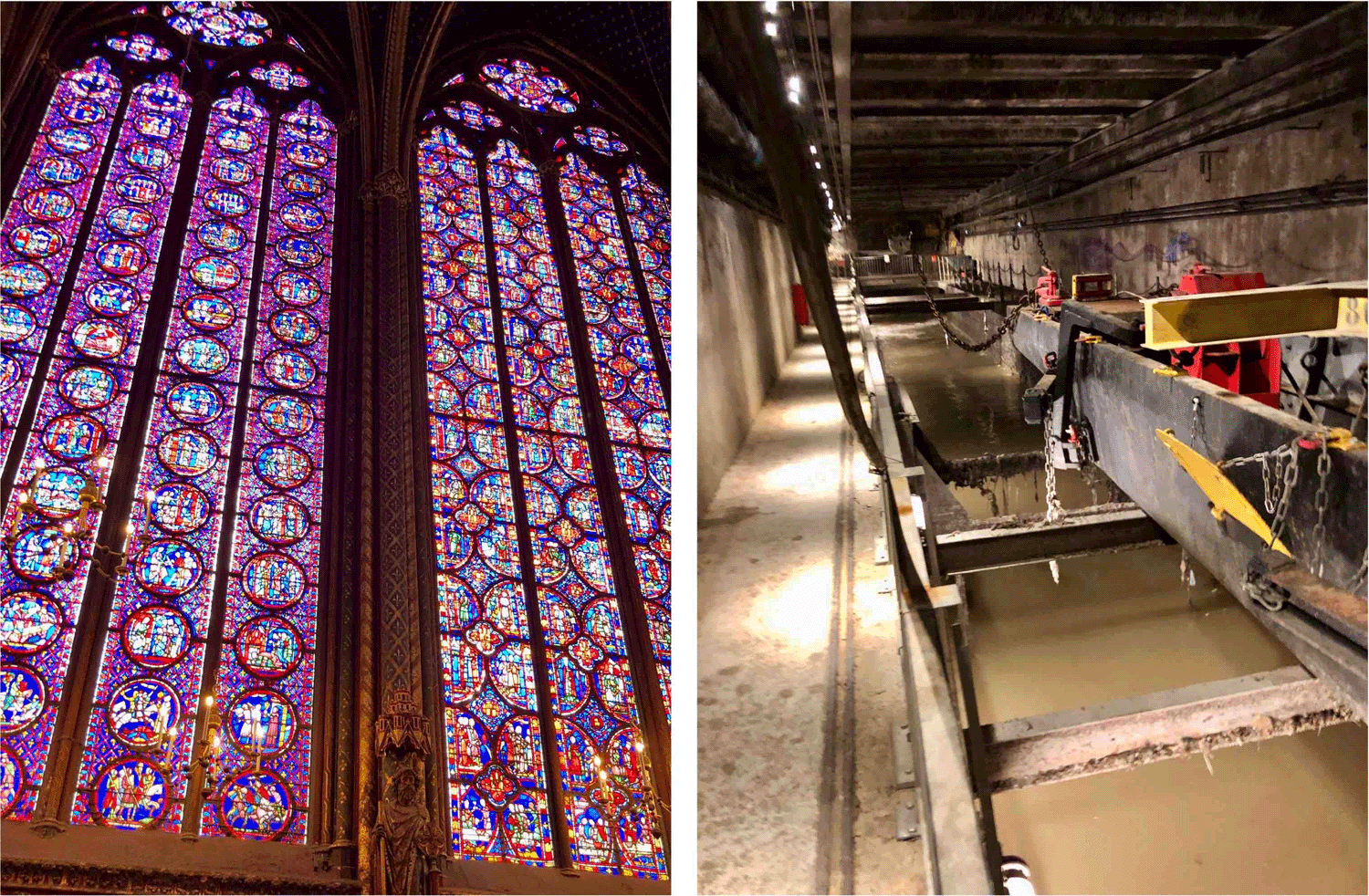
Thus, this Paris visit ranged from the sublime (Sainte-Chapelle) to the….. well, let’s not call it “ridiculous.” Perhaps just: “necessary”!
A Very Special Gift
February 14, 2023
I sometimes get teased that my postings have a lot of pictures of buildings and statues and the like – but not often very many with family & friends. I’ve always thought that’s more a role for Facebook or other social media platforms, not for this blog.
But my daughters recently surprised me with a truly special gift! We usually celebrate Christmas in January because -- like this past year -- I’m often in Asia or elsewhere abroad during the true Christmas season.
My wife, Nicki, was an inveterate quilt-maker…. and when she passed away three years ago, she left behind many, many white squares – her latest quilt-project-in-the-making. My daughters decided it was time to finish their Mom’s project….. and my Christmas gift this year was the result. Needless to say, I was more than a little surprised -- and very, very pleased!
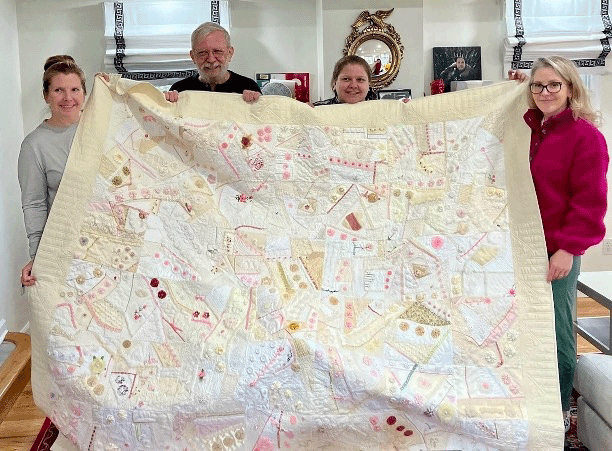
My posting from that very tough time noted the key supportive and caring role they played, taking care of both my wife and me over her final months. You can see that such loving care continues!